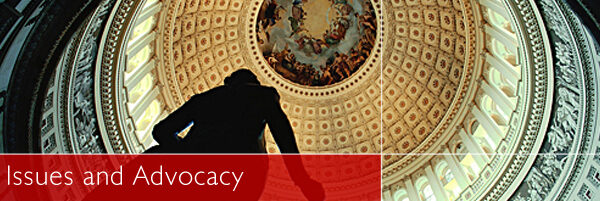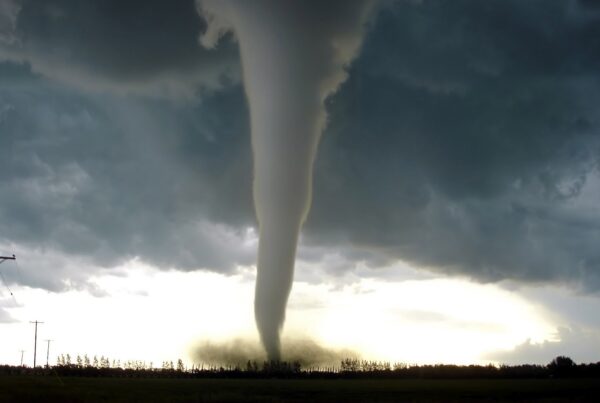The National Society of Professional Engineers and the Council of Engineering and Scientific Specialty Boards (CESB) recently released an updated version of the Engineering Credentials Position Paper. It will soon be posted on the CESB website (www.cesb.org). As you may recall the Building Inspection Engineers Certification Program is sanctioned by CESB and administered by BIECI (www.bieci.org).
The position paper is a truly important and historic document. It attempts to address and clarify the distinctions between licensure and certification. For many years engineering specialty certifications were often frowned on by engineering societies because the thinking was that the Professional Engineer License was the Mt. Everest of the profession. Clearly that wasn’t then and isn’t now the case.
As we know licensing is employed by states to regulate the practice of many professions in order to protect the public from incompetence and misconduct of practitioners. Getting a license is a privilege that comes from demonstrating a level of minimum competence.
Certifications attest to an individual’s ability to perform tasks defined within a body of knowledge. Certifications are not legally required (as licenses are). Certifications may be useful in certain markets. For instance, medical doctors are licensed to provide medical services as MDs. They may additionally be certified to work as cardiologists, which is not a necessity beyond being an MD. However, marketing of medical services generally finds patients and insurance companies looking for demonstrated competency in a specific medical field as shown by certification (e.g., Board Certified cardiologist). Such a certification requires the candidate to be an MD first.
Overall licenses and certifications are complementary credentials that demonstrate to the public that an individual has general and specific capabilities.
Once this document becomes available, considering using it to help demonstrate the importance of the credentials you may hold as a licensed professional engineer working in the field of building inspection engineering.


